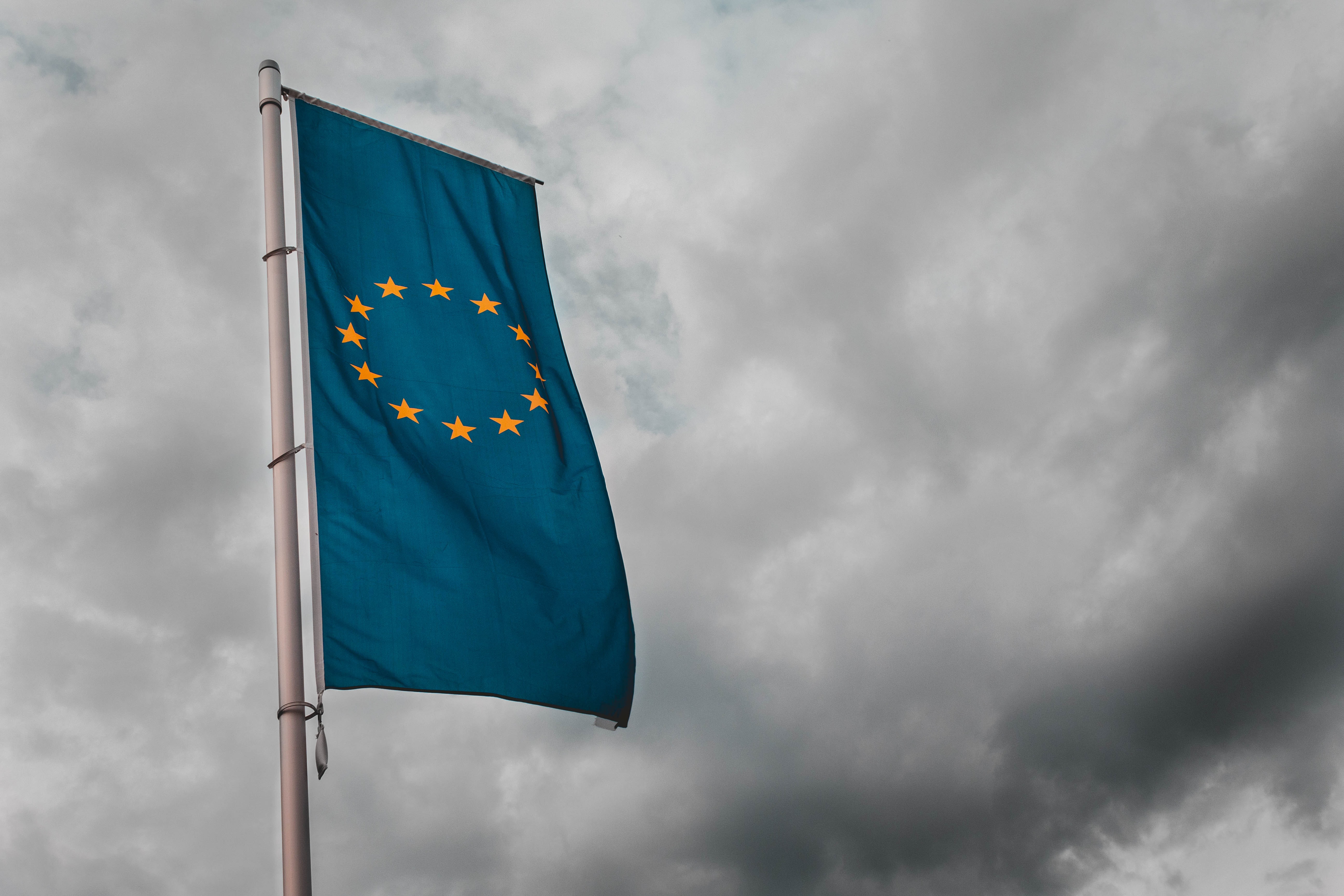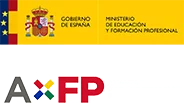25/11/2020
They have generated much expectation, and will become a lever for change to boost the modernization of the Spanish economy after the difficulties caused by the pandemic generated by the coronavirus. But what exactly are European funds, who can benefit from them and when do you have to apply for them?
To solve all these doubts, in the DigitalEs blog we have talked to Luis Socías, Head of the European Projects Office of the CEOE and expert in these aids, of vital importance in the coming months.
European funds are the EU’s response to the pandemic, or its economic consequences. These funds are designed to enable European countries to undertake both their recovery and their economic transformation, with a strong focus on two issues: the ecological transition and digitalization.
This aid will come in the form of direct non-refundable aid (50%) or loans (50%) and will be channeled through EU member countries. There will therefore be no direct interaction between the applicant companies and the EU. Spain will aspire to receive up to 140 billion euros.
«Because of the immediacy that the EU has sought in the implementation and revitalization of economic activity, these are funds that have to be invested between 2021 and 2026. We are talking about a large amount of money and a very great opportunity for Spanish companies and especially for SMEs,» explains Socías.
This aid is aimed at large companies as well as SMEs and the self-employed, who should not perceive it as something distant or difficult to achieve. Everything is channeled through the Spanish public sector.
We must be very attentive as of March, when the two major instruments from which the aid will be channeled will arrive. These funds will be channeled mainly through two instruments: public tenders and calls for proposals for grants.
This general criterion of competitive bidding will be channeled by both the national and regional public administrations. It is therefore necessary to be attentive to the calls launched by the ministries, the regional government departments and, foreseeably, the city councils.

When can I apply for these grants?
The Head of the CEOE’s European Projects Office assures that we are in a phase of defining the plan that will take us to the end of April at the latest, but stresses that the Spanish government intends to present its plan around the end of January. «Once it is presented and we have the ok from Brussels, in parallel to the approval of the General State Budget, it is foreseeable that from March the first calls will start to be launched,» he adds.
It is important to emphasize that these calls (unlike other European funds) are designed to facilitate investment projects. «This is the key to these funds, that companies conceptualize investment projects in the digital area and in the ecological transition part that facilitate the transformation of the Spanish production model,» he says.
What types of projects are eligible for subsidies?
They can be of all types, sizes and conditions. In the digital part, special emphasis is placed on the ability to digitize the company’s internal operating process, with specific reference to the process of using data, to everything related to the cloud system, to process automation and to the evolution of production chains in more traditional sectors.
«Thinking about an SME, the focus can be in two areas, in the modernization of internal operations (it can be a CRM or an application or web development) or it can also be in the relationship with customers. There is a need to evolve this relationship through digital means that can range from online sales to online advertising or marketing,» says Socías.
The end date of these grants is December 2026, but no less important is the start date, February 1, 2020.
This means that there will be calls for proposals issued in March or April 2021 that can retroactively subsidize projects developed or implemented since February 2020.
The idea of these funds, and this is how they differ from traditional funds, is that they seek immediate impact and that this will be generated through projects. The impact will be measured at the level of human capital (employment and training), at the level of fixed capital (infrastructure) and at the level of environmental capital.
The expert consulted by DigitalES explained that the government has already announced the 30 major areas of the national plan and now it is time to specify downwards the different lines that will give rise to calls for aid and tenders to implement these lines from March onwards. «At the CEOE we are working on a catalog of macro tractor projects. We have already identified some of them,» he concludes.











